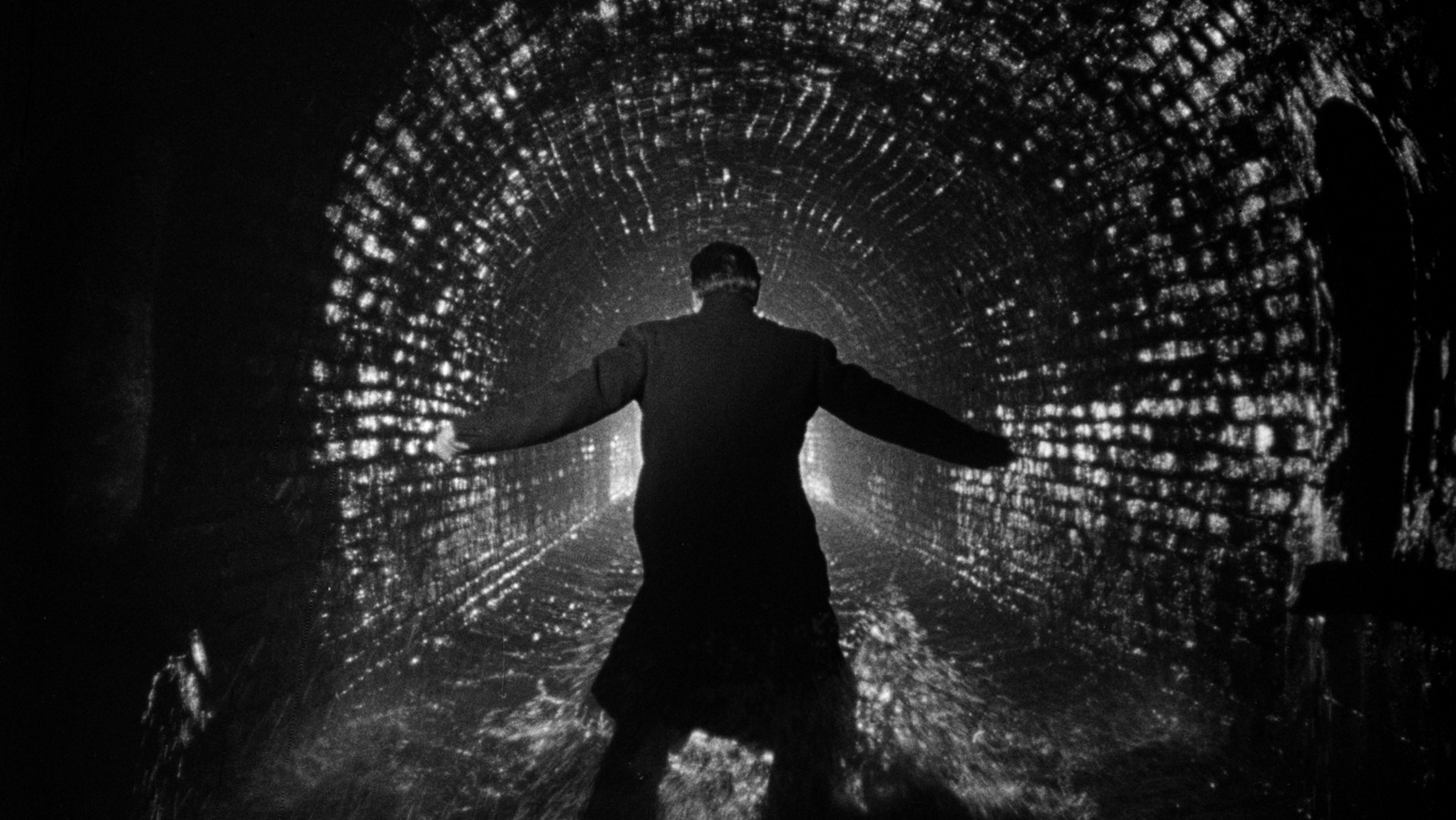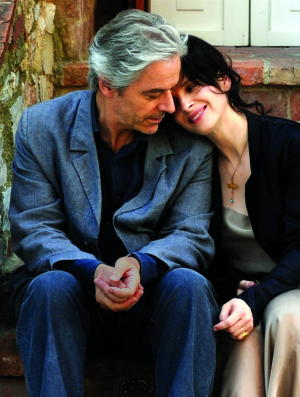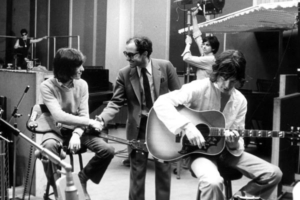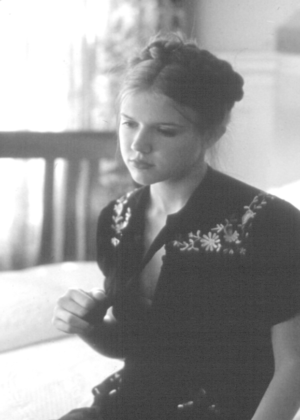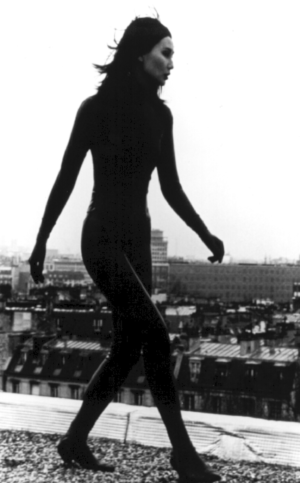The following is a list of State Film Centre films viewed by your bleary-eyed Publications Manager over the last term vacation. Many of them are good enough, appropriate enough and short enough to be used in class lessons on Film Appreciation. The Comments are brief but, we hope, useful:
Director and the Film – David Lean: A very interesting interview with David Lean about his views on cinema and his own work, illustrated with clips from his better known films, including The Sound Barrier, Brief Encounter and Bridge on the River Kwai. The running time is about 30 minutes, and while the film might be too adult for younger forms, it would be excellent for forms 5 and 6.
On Seeing Film – Film and Literature: A very good film for upper form Film Appreciation. It examines the special nature of cinema drama and characterisation by analysing a number of film clips from David Lean’s Bridge on the River Kwai. Running time is about 15 minutes.
Celluloid College: The SFC summary of this one might lead you to believe that it has immense value for the student of cinema technique. Don’t be misled. It is dull, pedantic and hamfisted, better suited to an Eight Millimeter Cinema Club’s Father-and-Son Night, than to a school classroom.
BFI Study Extract – Ashes and Diamonds: A 10-minute clip from the opening sequences of this famed Polish drama. You could use it in any context that you liked – shot analysis, editing technique, acting technique, set lighting, shot composition. Be warned that there is a pretty violent shooting episode at the start, and SFC has placed the extract on its restricted list. This means that you can get the film only if you are running a bona fide study of cinema.
BFI Study Extract – The Third Man: A 10-minute clip from Carol Reed’s exercise in bravura. This is the sequence where Joseph Cotten first sees Orson Welles (Harry Lime), and it’s marvellous. I think I’d use it as a demonstration of the building up of mood and atmosphere through lighting and angles. If you book the extract, note how Reed shoots almost all of the sequence with his camera slightly out of horizontal. The extract makes an interesting comparison with another clip from a Reed film – The Fallen Idol. His style is very similar in each film.
BFI Study Extract – The Maggie: A quiet little sequence, this one. It would probably serve as material for an analysis of screen humour and comic characterisation in the British manner. About 8 minutes.
The Massingham Trailers: Massingham was an English director who specialised in the making of very short public instruction films, designed to be screened as part of a normal theatre’s programmes. The reel contains about six of these very brief, but very funny, trailers on Road Safety, Litter Bugs, Using the Handkerchief and so on. They are put together at a madcap pace, using a stock character rather in the tradition of Joe McDoakes, and the Pete Smith specialties. You can use the film for any purpose – screen humour, shot analysis, editing – the choice is yours.
Drawings That Walk and Talk: A long (30 minutes) historical survey of the development of the animated cartoon. It hasn’t much value for Film Appreciation teachers, unless you wanted to do a study of this aspect of cinema. Unfortunately, the film has limited value in that regard too, because it stops short at the late 1930’s. If you do use it, book another film dealing with the beginnings of cinema called Animated Cartoons – The Toy That Grew Up, about 20 minutes.
Festival of Nations – Berlin Olympiad Reel 1: Yes, I know it’s got a lot of shots of bare-breasted Teutonic beauties, but if you’re looking for the supreme example of documentary craft and subtle propaganda skills, this is it. The way in which Leni Riefenstahl builds up the link between Nazi Germany and the glories of Ancient Greece is superb. Running time is long – about 30 minutes, but you wouldn’t go wrong screening just the first 15 to 20 minutes of it.
We Are the Lambeth Boys: If you can afford the time (52 minutes) this is a film which should be shown to upper forms, as much for its subject matter as for its technique. The film investigates the lives and backgrounds of the members of a slum area youth club, and affords an interesting comparison between the style of Karel Reisz’s documentation and that of his feature films – Saturday Night and Sunday Morning.
Railroaders: A good solid documentary from Canada about the work of the men who keep the railways functioning. It is very well made, and provides a worthwhile example of the documentary film which is designed “to present Canada to the Canadians”. Running time is reasonable (25 mins).
Kindergarten: A beautiful film. Three cameras were set up in a Canadian kindergarten to record the activities of the children and their teacher during a normal day’s work. The cameras have captured some of the most telling shots of small children and their world since Thursday’s Children. There’s no need to set a film as fine as this into a teaching category – just screen it. (20 minutes).
Beaver Dam: A nice little film in colour for younger children, telling of two boys’ efforts to save a family of beavers whose dam building activities have brought the risk of execution. It is short (15 minutes) and would be about right for grades 3 to 5.
Life in the Woodlot: A delicately coloured and sensitive film on the wild life contained within a small Canadian forest. Once again the screening of and discussion on this film would be sufficient.
The Loon’s Necklace: An old Canadian Indian legend retold through limited animation and traditional masks. A good one to illustrate the flexibility and range of the film medium. About 12 minutes in length, The Loon’s Necklace would be particularly valuable to art teachers interested in the film medium.
It’s a Crime: A longish (11 minutes) black and white cartoon by the Canadian National Film Board which wittily stresses the need for a more realistic approach to employment problems during Canada’s long winters. The animation style is slick and modern, the situations and story very amusing, and the point well made. It would serve to reinforce any teaching about animation, and the uses to which films can be put, other than that of pure entertainment.
Street to the World: A quiet lyrical film somewhat in the same style as Rhythm of a City, although not nearly as good. A boy escapes from the ugliness of his slum backyard by visiting the docks near his home. The film would be useful for shot analysis, examination of the way in which mood is created, and as an example of the semi-documentary film. The sheer visual beauty of many of the shots would stand investigation too. About 15 minutes.
War in the Air – Part 1: Sound historical documentation of the building up of the R.A.F. in the early years of the war. Some good clips of the Nazis on the march, and the whole reel is a dramatic example of the film’s power to record historical events.
The Living Stone: A very fine Canadian film dealing with the life and art of the Eskimos. In purpose, style and content the film is first rate. Could be used to illustrate the range of cinema. Unfortunately, the running time is pretty long – 35 minutes. Level would be around Form 4.
The following films were seen, but for one reason or other were felt to be of little or limited value for Film Appreciation work:
Je: A film recording of a creative dance symbolising something pretty profound. Some very dramatic lighting, but that’s about all.
Man Is a Universe: A portentous title for a very dull film about neurosurgery.
One Little Indian: A quite ingenious puppet film about road safety, obviously designed for very young children.
London Can Take It: Now creaking with age, this short documentary about the Blitz might have some historical value. But is pallid compared with Jennings’ Fires Were Started.
[from Film Appreciation Newsletter vol. 1, no. 3]
